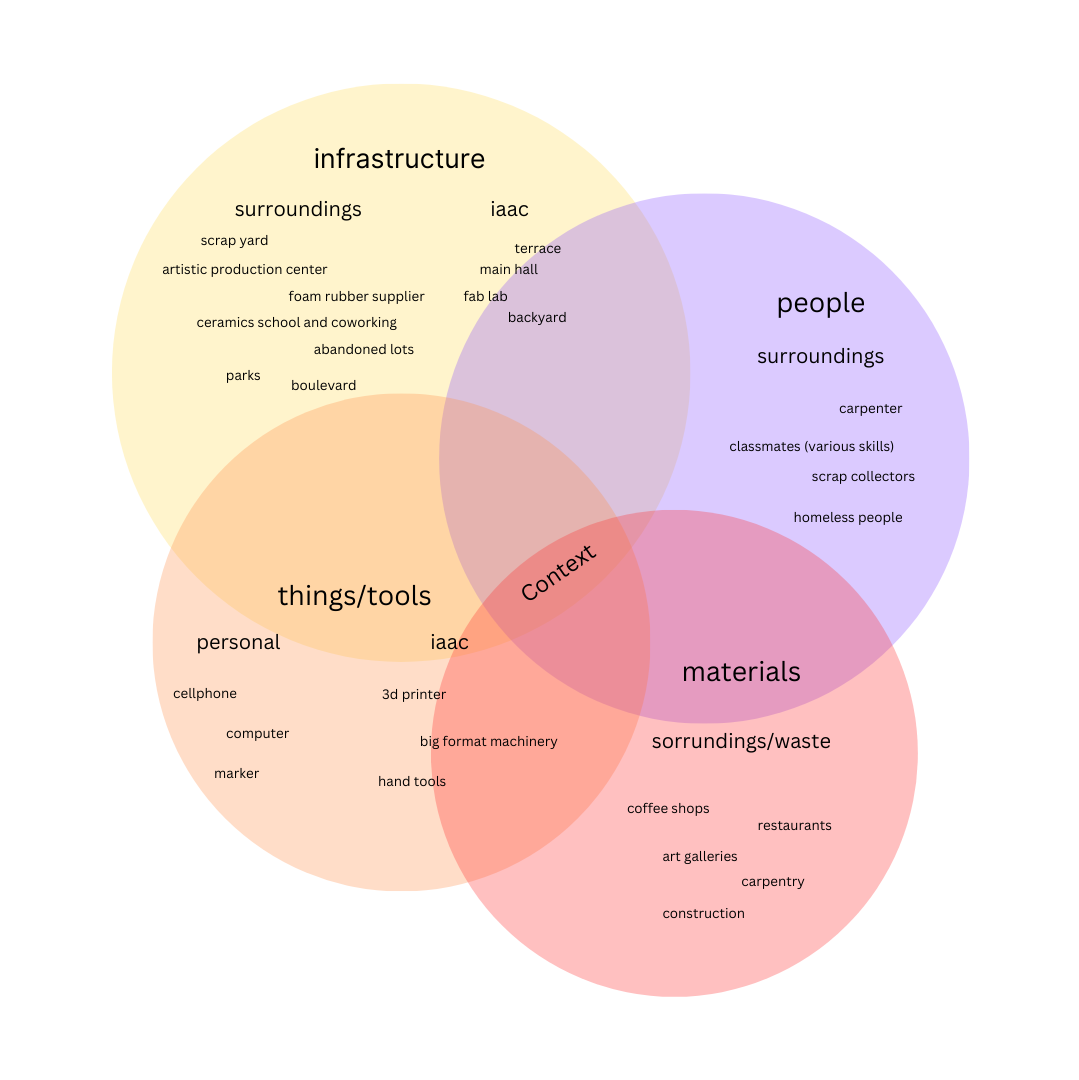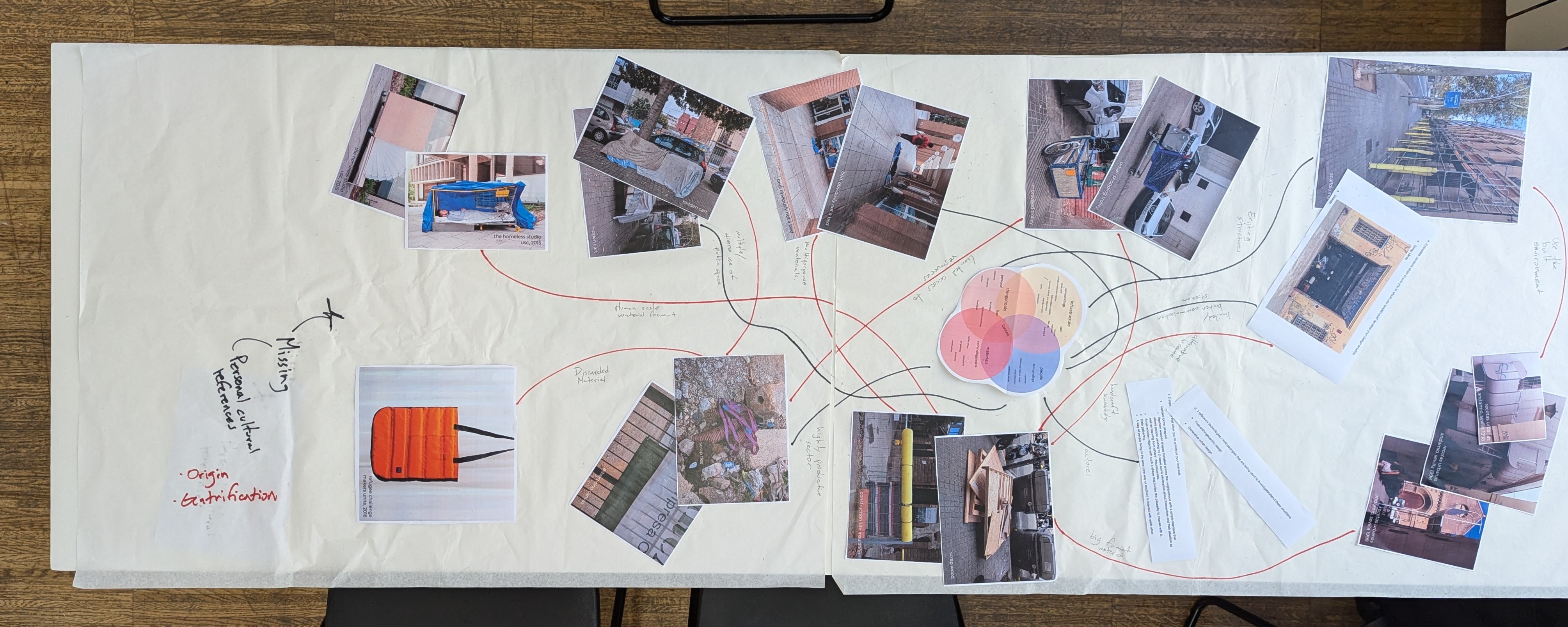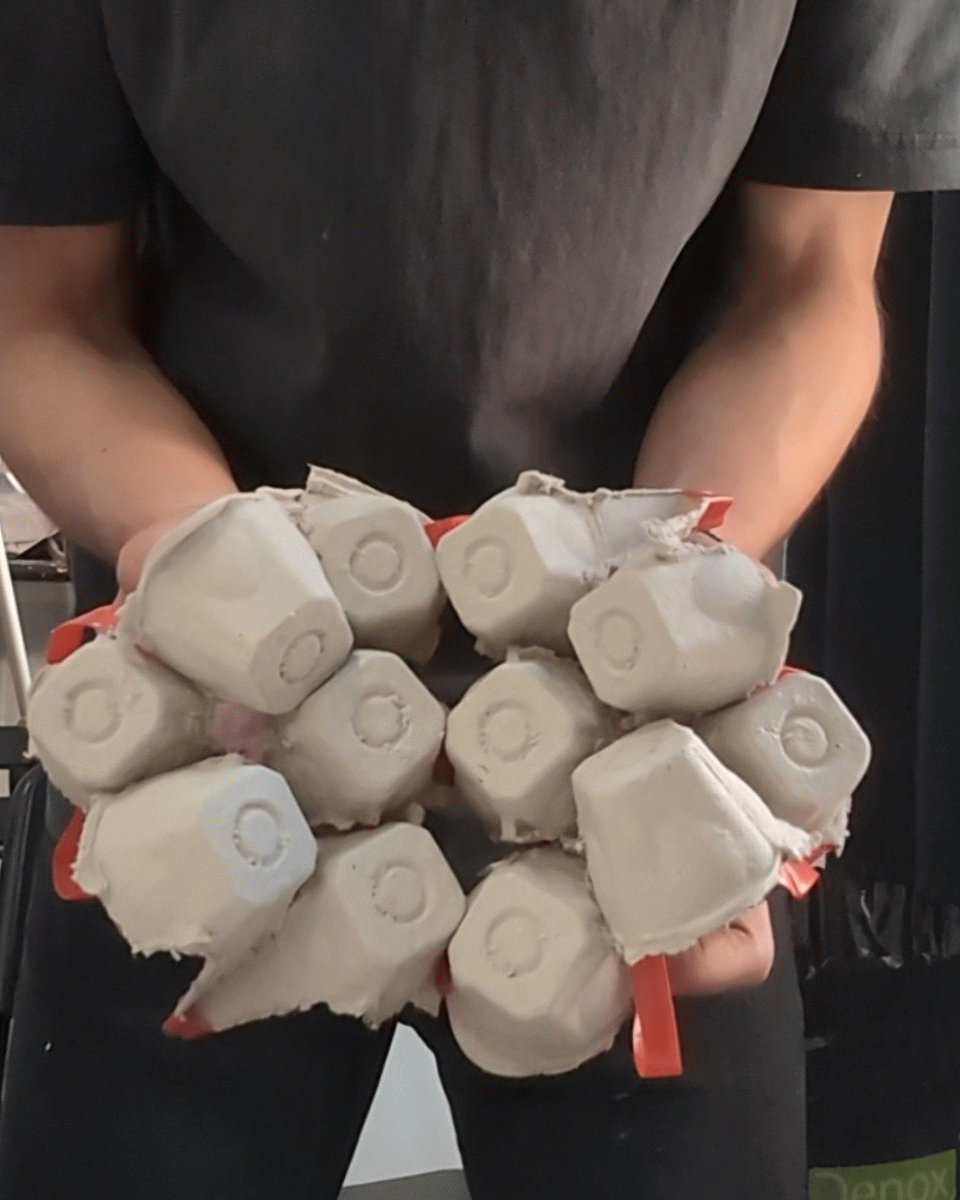1. design studio
intro week
extended workspace

workspace + my community of practice

atlas of week signals cards + areas of opportunity
new week singnal
The idiotization of idols
The same way we build contemporary monuments (skyscrapers, etc.) that represent the true ugliness of human race (banks, insurance companies, among the worst) and deminer the aesthetic aspect of our cities making them an oppressive environment that forces citizens to endure overscale structures that project no collective positive value but the actual ambition to cheat and living off at the expense of the less fortunate. We build these monuments that represent the value of a small section of our societies strongest ambitions instead of building monuments that can actually hold a collective community value that people can look up to and societies can thrive.
The same way, we as a society are fomenting the creation of contemporary idols (influencers, tech giants, etc.) that not only make a living on the manipulation of information to safeguard their lifestyles while collecting revenue from the unregulated mass commercialization of garbage they create a necessity for by setting unrealistic expectations of what an accomplished person should look and act like, but also are fundamental idiots that represent no collective value onto which a society can look up to and thrive. Modern idols preach all the trending sustainability practices but promote individualism and mass consumption.
This is my new weak signal.
design space
reflection 1

reflection 2
1.1. 1pp intervention

As a first approach to interacting with or within our setting and understanding what it means to apply the skill set and conceptual framework given through the course, an intervention through 1pp (first person perspective) is proposed.
The main objective of this exercise as mentioned is to get a taste of what it means to plan, design and implement action on a specific case study. Nevertheless, the main criteria to develop this intervention is focused on the designer's personal design space and relevant aspects of inquiry the researcher has on the area of interest.